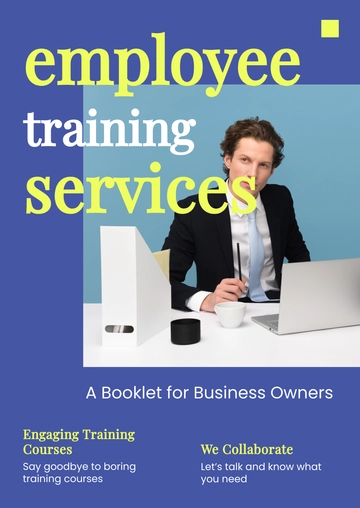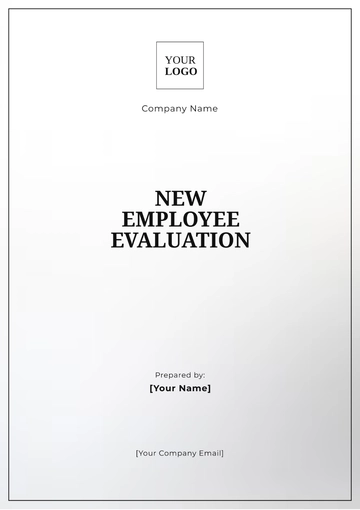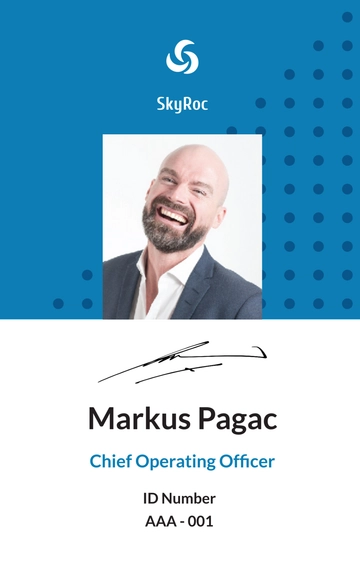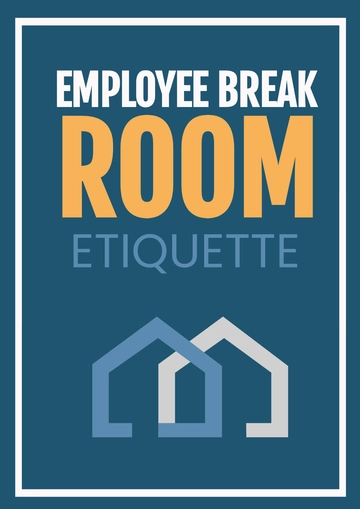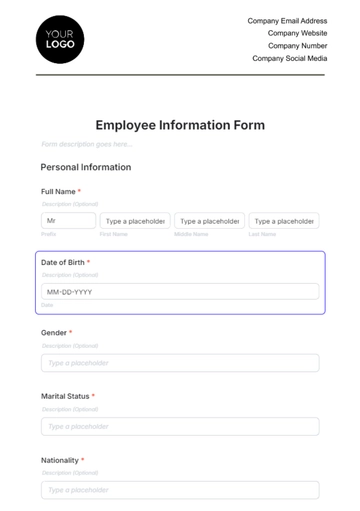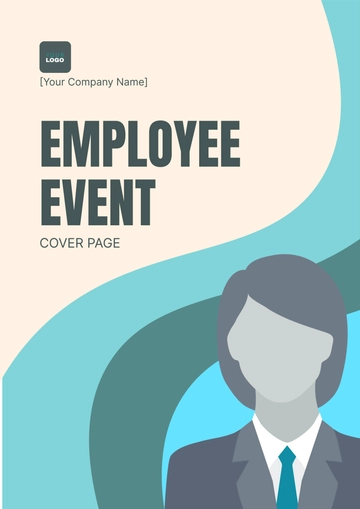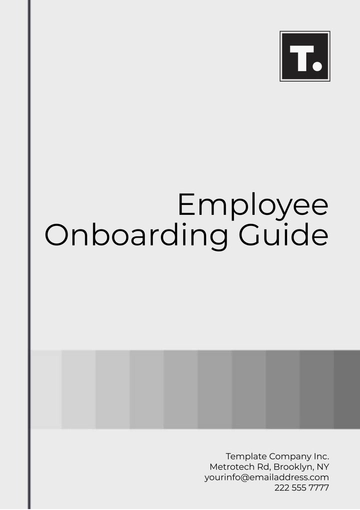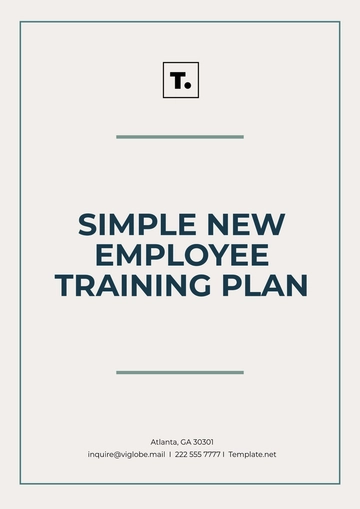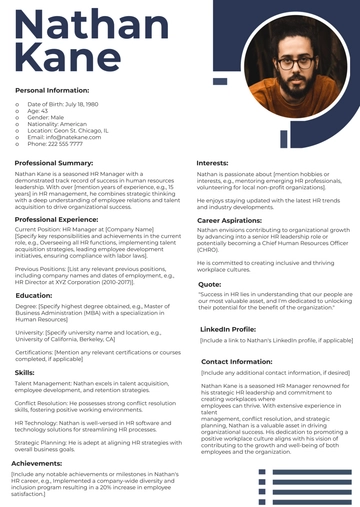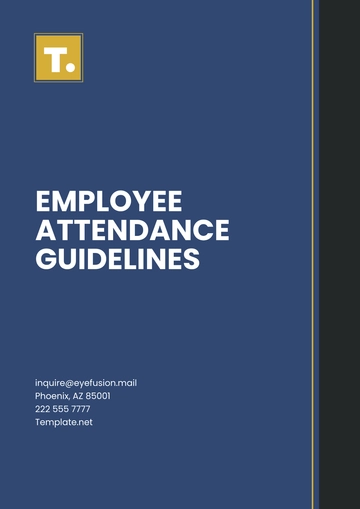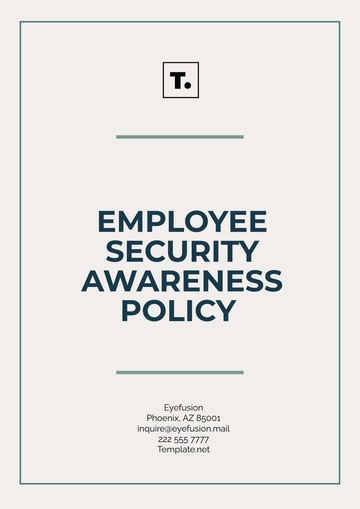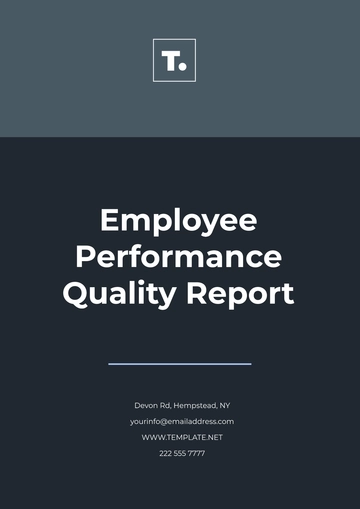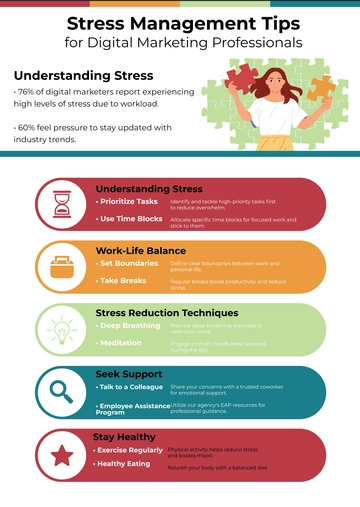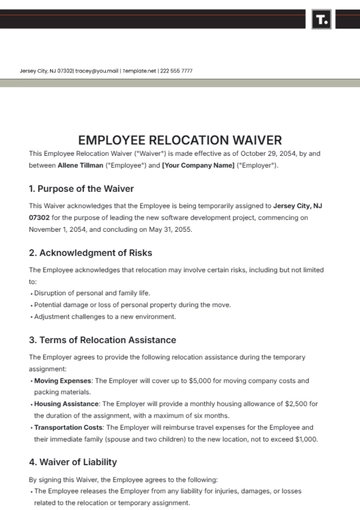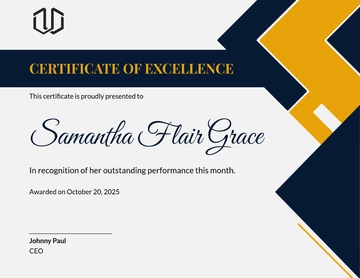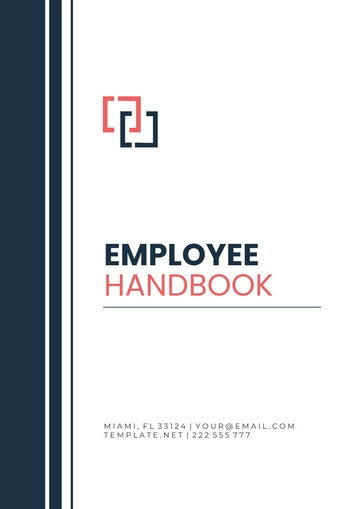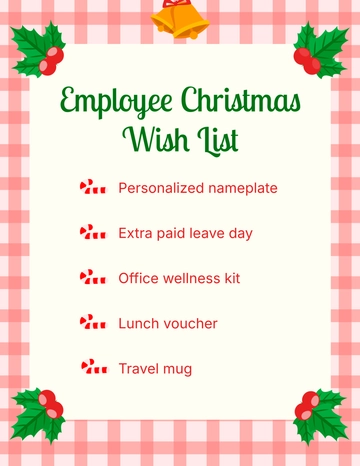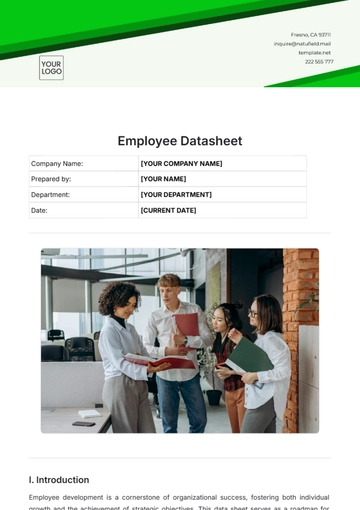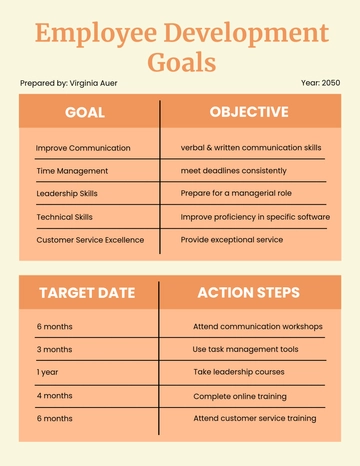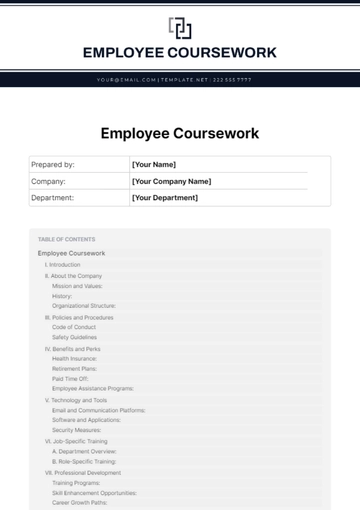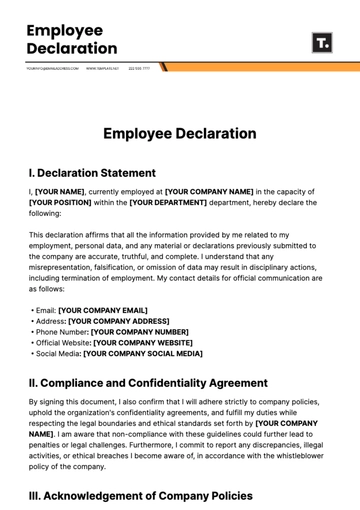Free Restaurant Employee Sick Leave Policy
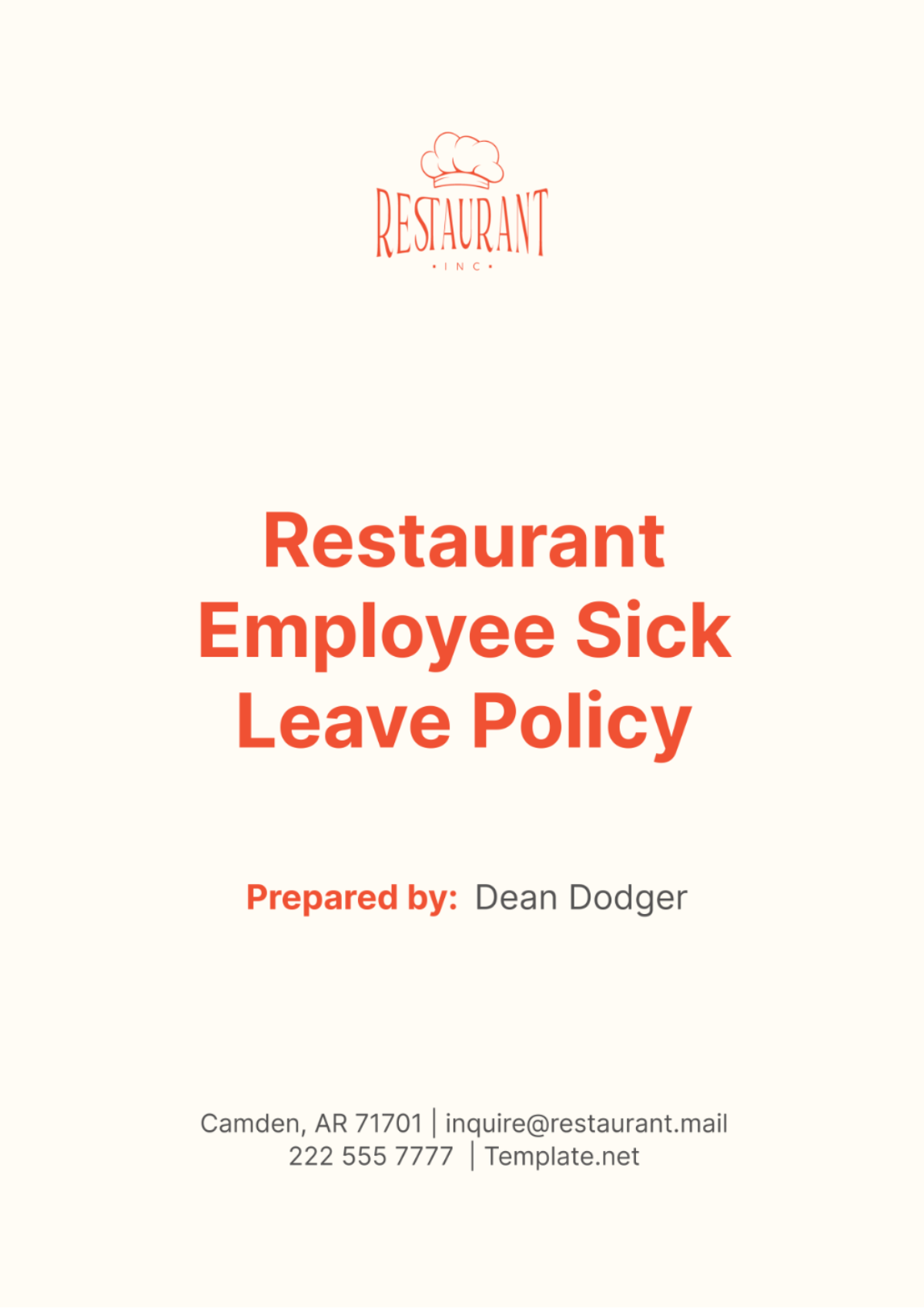
I. Introduction
A. Purpose
The purpose of this policy is to establish clear guidelines and procedures for requesting and using sick leave to ensure the well-being of our employees and the continued smooth operation of [Your Company Name]. By promoting a healthy work environment, we aim to minimize disruptions caused by illness while upholding our commitment to employee welfare.
B. Scope
This policy applies to all employees of [Your Company Name], regardless of position or employment status, including full-time, part-time, and temporary staff. It encompasses all absences due to personal illness, medical appointments, and caregiving responsibilities.
C. Compliance with Laws
[Your Company Name] is dedicated to complying with all relevant federal, state, and local laws and regulations regarding sick leave, including the Family and Medical Leave Act (FMLA) and any applicable state-mandated sick leave requirements. We continuously monitor changes in legislation to ensure full compliance.
II. Eligibility
A. Full-time Employees
Full-time employees, defined as those regularly scheduled to work [0] hours per week or more, are eligible for sick leave benefits from their date of hire.
B. Part-time Employees
Part-time employees are eligible for sick leave benefits on a prorated basis, based on the average number of hours worked per week, after completing [0] days of employment.
C. Temporary Employees
Temporary employees become eligible for sick leave benefits after completing [0] days of continuous employment, provided they are scheduled to work a minimum of [0] hours per week.
D. Probationary Period
Sick leave benefits are available to all employees immediately upon hire, without a probationary period, to ensure prompt access to necessary time off for illness or medical appointments.
III. Notification Procedure
A. Timing of Notification
Employees must notify their immediate supervisor or manager of their inability to work due to illness or medical reasons as soon as possible, preferably before the start of their scheduled shift or at least [0] hours in advance.
B. Methods of Notification
Notification may be provided via phone call, text message, email, or through [Your Company Name]'s designated absence reporting system, ensuring that supervisors are promptly informed of the absence.
C. Contact Person
In the event the immediate supervisor is unavailable, employees should contact [Designated Manager] or [HR Department] to report their absence and ensure proper documentation and coverage.
IV. Documentation
A. Requirements for Documentation
For absences exceeding [0] consecutive days, employees may be required to provide a doctor's note or medical certificate verifying the need for sick leave. This documentation should include the dates of the illness or medical appointment and any restrictions on the employee's ability to work.
B. Submission Procedure
Medical documentation should be submitted to [HR Department] within [0] days of returning to work to ensure accurate record-keeping and compliance with company policies.
C. Confidentiality
[Your Company Name] maintains strict confidentiality regarding medical documentation provided by employees and ensures that such information is only accessible to individuals involved in the administration of sick leave benefits, in accordance with privacy laws and company policies.
V. Sick Leave Accrual and Usage
A. Accrual Rate
Sick leave accrues at a rate of [0] hours for every [0] hours worked, up to a maximum of [0] hours per calendar year, based on the employee's regular work schedule.
B. Usage Guidelines
Sick leave may be used for personal illness, injury, medical appointments, or to care for a family member with a serious health condition, in accordance with applicable laws and company policies.
C. Reasons for Using Sick Leave
In addition to personal illness, sick leave may also be used for absences related to domestic violence, sexual assault, or stalking, as permitted by law and supported by appropriate documentation.
D. Approval Process
Employees must obtain approval from their supervisor or manager before using sick leave, ensuring proper staffing and minimizing disruptions to restaurant operations.
E. Maximum Accrual Limit
To prevent excessive accumulation, employees may not accrue more than [0] hours of sick leave at any given time, encouraging regular use of accrued sick time for its intended purpose.
VI. Coverage
A. Employee's Own Illness
Sick leave may be used when an employee is unable to perform their job duties due to personal illness, injury, or medical condition, providing necessary time off for recovery without fear of loss of income.
B. Care for Sick Family Members
Employees may use sick leave to care for a spouse, child, parent, or other family member with a serious health condition, recognizing the importance of supporting employees' caregiving responsibilities.
C. Bereavement Leave
In addition to sick leave, employees may be eligible for bereavement leave in the event of a family member's death, allowing them time to grieve and attend to necessary arrangements. See the Bereavement Leave Policy for more information on eligibility and procedures.
VII. Payment
A. Paid Sick Leave
Sick leave is paid at the employee's regular rate of pay for the scheduled hours missed due to illness or medical reasons, ensuring that employees are not financially burdened by necessary time off for health-related issues.
Rate of Pay: Paid sick leave is compensated at the employee's regular hourly rate, calculated based on their average earnings over the pay period preceding the absence.
Maximum Paid Sick Days Per Year: Employees may use up to [0] days of paid sick leave per calendar year, providing a reasonable allowance for necessary time off while ensuring proper attendance and productivity.
B. Unpaid Sick Leave
If an employee exhausts their paid sick leave balance, any additional absences will be unpaid, although they may still be eligible for job protection under applicable laws such as the Family and Medical Leave Act (FMLA).
C. Coordination with Other Paid Time Off Benefits
Sick leave may be coordinated with other paid time off benefits, such as vacation or personal days, as specified in [Your Company Name]'s paid time off policy, allowing employees flexibility in managing their time off while ensuring equitable treatment for all employees.
VIII. Unused Sick Leave
A. Carryover
Unused sick leave may be carried over from one calendar year to the next, up to a maximum of [0] hours. This allows employees to accumulate sick leave for future use in case of extended illnesses or emergencies.
B. Cash Out
Upon termination of employment, employees will not be compensated for unused sick leave. This policy encourages employees to use sick leave for its intended purpose rather than as a form of additional compensation upon separation from the company.
C. Forfeiture
Unused sick leave will be forfeited if not used within [0] months of accrual. This provision ensures that employees use their accrued sick leave within a reasonable timeframe, preventing excessive accumulation and promoting timely use for health-related needs.
IX. Abuse of Sick Leave
A. Definition of Abuse
Abuse of sick leave includes, but is not limited to, falsifying illness, excessive or patterned absenteeism without valid reasons, or using sick leave for unauthorized purposes. Such abuse undermines the integrity of the sick leave policy and may result in disciplinary action.
B. Consequences for Abuse
Employees found to be abusing sick leave may be subject to disciplinary action, up to and including termination of employment, in accordance with [Your Company Name]'s disciplinary policy. Consistent enforcement of consequences helps maintain fairness and accountability in the workplace.
C. Reporting Suspected Abuse
Suspected abuse of sick leave should be reported to [HR Department] for investigation. Employees and supervisors are encouraged to report any instances of suspected abuse promptly to ensure appropriate action is taken and to uphold the integrity of the sick leave policy.
X. Return to Work
A. Clearance Requirements
Employees returning to work after an extended illness or injury may be required to provide medical clearance from a healthcare provider indicating their fitness to resume work duties. This ensures the safety and well-being of the employee and their coworkers.
B. Accommodations for Returning Employees
[Your Company Name] will make reasonable accommodations for employees returning to work with medical restrictions, as required by law. Accommodations may include modified duties, adjusted schedules, or workplace modifications to support the employee's successful return to work.
C. Transitional Duties
In some cases, employees returning to work after a medical leave may be assigned transitional duties until they are fully able to resume their regular job duties. Transitional duties help ease the employee back into the workplace and facilitate a smooth transition to full-duty status.
XI. Compliance with Laws and Regulations
A. Federal Laws
[Your Company Name] will comply with all federal laws governing sick leave, including the Family and Medical Leave Act (FMLA) and the Americans with Disabilities Act (ADA). Compliance with federal laws ensures that employees are provided with necessary protections and benefits under applicable regulations.
B. State and Local Laws
In addition to federal laws, [Your Company Name] will comply with all applicable state and local laws governing sick leave. This includes any requirements regarding accrual rates, usage guidelines, or employee eligibility criteria established by state or local ordinances.
C. Updates to Policy
This policy will be reviewed annually and updated as necessary to reflect changes in laws, regulations, or business needs. Regular review and updates ensure that [Your Company Name] remains in compliance with evolving legal requirements and continues to provide employees with fair and equitable sick leave benefits.
XII. Employee Resources
A. Employee Assistance Programs
Employees may access [Your Company Name]'s Employee Assistance Program for support with personal or medical issues. The Employee Assistance Program offers confidential counseling services, referrals to community resources, and assistance with managing health-related challenges.
B. Health and Wellness Resources
[Your Company Name] provides resources and information to support employee health and wellness, including access to healthcare providers and wellness programs. These resources promote employee well-being and encourage healthy lifestyle choices both inside and outside of the workplace.
XIII. Policy Review
A. Frequency of Review
This policy will be reviewed annually and updated as necessary to ensure compliance with changing laws and regulations. Regular review ensures that the sick leave policy remains current and reflects best practices in employee management.
B. Process for Policy Updates
Any updates to this policy will be communicated to employees in writing and posted in a conspicuous location within the workplace. Clear communication of policy changes ensures that employees are informed of their rights and responsibilities regarding sick leave benefits.
C. Communication of Changes
Employees will receive training and information on any changes to the sick leave policy to ensure understanding and compliance. Training sessions, informational materials, and updates via company communication channels help ensure that employees are aware of their rights and obligations under the sick leave policy.
- 100% Customizable, free editor
- Access 1 Million+ Templates, photo’s & graphics
- Download or share as a template
- Click and replace photos, graphics, text, backgrounds
- Resize, crop, AI write & more
- Access advanced editor
Enhance your restaurant's HR protocols with the Restaurant Employee Sick Leave Policy Template from Template.net. This editable and customizable template simplifies policy creation with its AI Editor Tool. Ensure compliance and streamline sick leave management effortlessly. Create a robust policy tailored to your establishment's needs and legal requirements in just a few clicks.
You may also like
- Employee Letter
- Employee ID Card
- Employee Checklist
- Employee Certificate
- Employee Report
- Employee Training Checklist
- Employee Agreement
- Employee Contract
- Employee Training Plan
- Employee Incident Report
- Employee Survey
- Employee of the Month Certificate
- Employee Development Plan
- Employee Action Plan
- Employee Roadmap
- Employee Poster
- Employee Form
- Employee Engagement Survey
